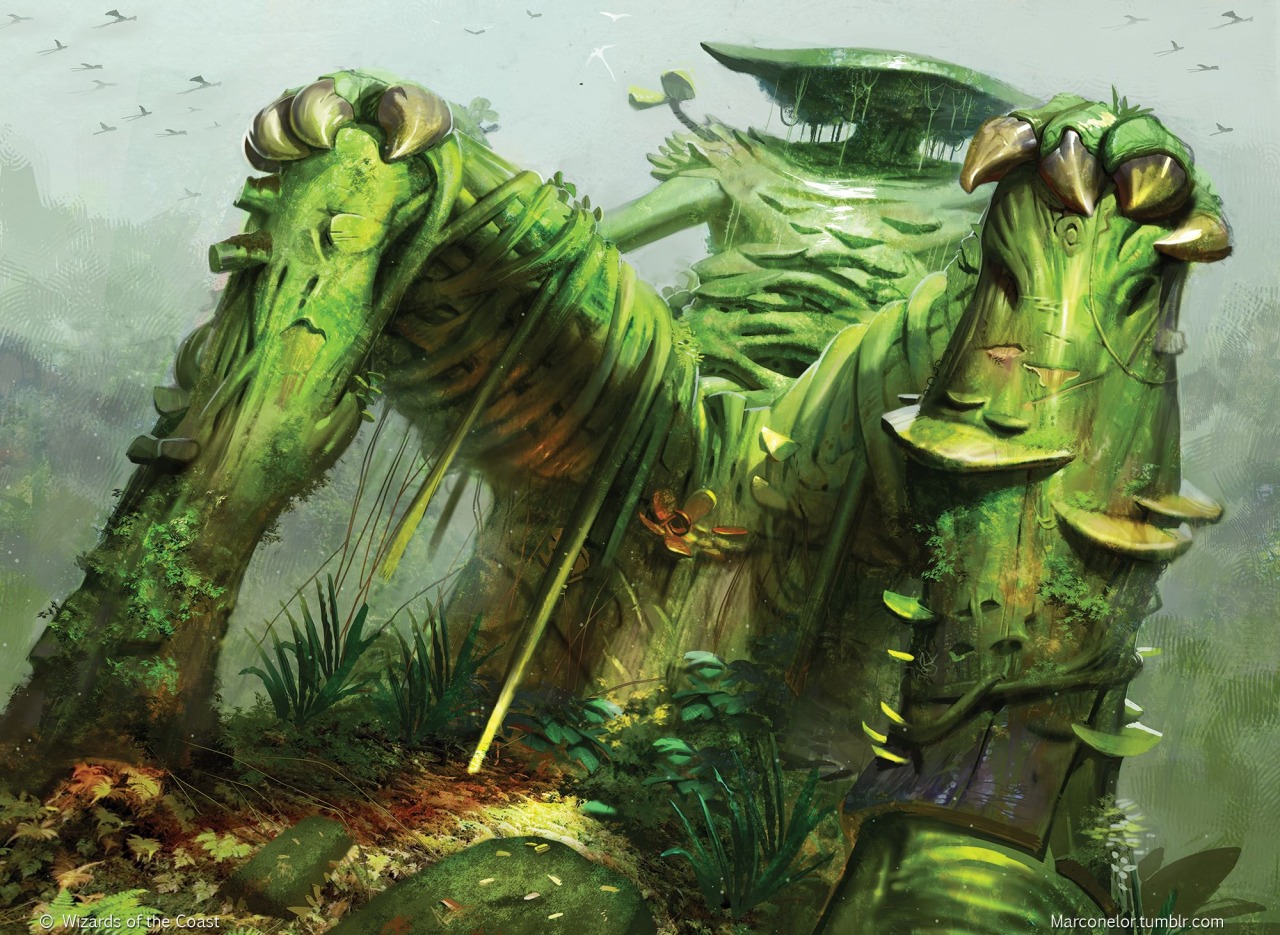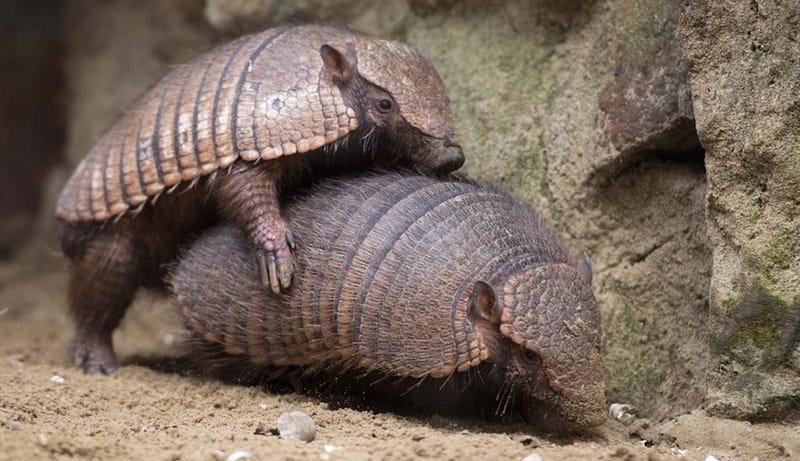Not a lot of mythology exists revolving around the Thirteen, but Crucible is a rare exception.
In the days after the War of Ichor, the Thirteen were weary from their long battle with the Titans, and wearier still from the treaties brokered afterwards with the remaining mortal races. Crucible saw this, and took action. To cheer his fellows up, most scriptures would say. The more pessimistic would tell you that his actions were meant to boost morale and, thus, efficiency. Whatever the case, Crucible gave the twelve other gods gifts over the next twelve days.
For mortals, this was translated into Loom's holiday season. For the first twelve days of Crucible, people exchange small gifts. Depending on the person, they may also mirror or reference the gifts given in the original myth.
Crucible 1 - Alentyan
For the youngest god, son of an Archlord, Crucible melted down the fat of a maddening beast from the depths of the Shadowfell. From this sprouted a blue candle that could cleave through any darkness. It made for a great reading light, and Alentyan smiled (as best as his beaked face could) at the thoughtfulness.If one were to give a specific gift this day, it would ideally be as close as possible to the candle described in this myth.
 |
| Seb McKinnon |
Crucible 2 - Cashel
Cashel inherited the divine spheres of Earth and Water from two separate Titans, and so to this god Crucible altered fate. Before this, gold was the element of the heavens - it was found among the clouds, and hollowed from the highest peaks. Now it is found deep in the earth's belly, and sometimes floating through rivers.The appropriate gift for this day is a monetary gift, specifically to someone of poor social standing. Most people just flick a gold piece into a beggar's hand, instead of the usual silver.
The people of Zosk revere this event. The dwarves were not nearly as big a fan of this act.
Crucible 3 - Endymeron
After the previous day's gift, Crucible thought it would be wise to give something to the dwarves - Endymeron's people. The three headed god ruled over Air and Time, and as such Endymeron's people philosophized a great deal over those two things. So, Crucible crafted the meteorite.Stones from the sky are the subject of fierce debate among many dwarven philosophers. Philosophically, they are heretical. Practically, they contain many useful metals.
Specific gifts given this day are usually either trinkets crafted from exotic metals, long-winded essays, or anything given to a dwarf.
Crucible 4 - Graeler
Graeler rules the spheres of Empires and Mind. As such, Crucible thought it would be appropriate to create something that fit both. Something that required mental conquering.And thus, Crucible wrote the first riddle. Graeler was, uncharacteristically, delighted.
The appropriate gift for this day is, of course, telling your friends a riddle they haven't heard before.
Crucible 5 - Haraad
As the goddess of Nature and Health, Haraad's power wanes with the seasons. Within the calendar she rules over the highest days of spring, closest to the solstice. Conversely, she is weakest in the fall, when life begins to decay and when illness commonly creeps over the populous.To cheer her up, Crucible tinted the leaves of autumn's last days beautiful reds and oranges. Haraad smiled, a rare occurrence in the dead of winter, when this myth took place.
On this day the faithful typically give a gift to anyone in their life who is, at the time, sick. If that happens to be nobody they know, they give someone a preserved leaf from the previous fall, when the colors yet turned.
Crucible 6 - Jaspus
Fire and Home are Jaspus's spheres, and yet they have trouble co-existing. Light a fire in an enclosed space, and smoke chokes out its residents. This rule has exceptions, of course, but it troubled Jaspus. So, for him, Crucible crafted the chimney.Jaspus nodded in approval. This was one of the most emotional acts taken by the forge-god, at least in recorded history.
The traditional gift for this day is a red cake, cooked to look like a brick. In some parts of the world, sweeping your friend's chimney is also considered traditional.
Crucible 7 - Ka
What gift do you give to a god of Magic and Chaos?Ka was tickled by the prospect, especially when Crucible invited them over to a house in Deitia, heavenbound city of the gods. Ka relished the opportunity to topple Crucible's plans.
Then they walked in the door ajar, and a bucket of water fell on Ka's head. Each of their snorts from the resultant laughing fit birthed a slaad.
This is the day of Crucible where you play pranks on your friends.
Crucible 8 - Ouran
On the other hand, Crucible was very confident as to what they needed to give to Ouran. As the god of Morality and, more importantly, Invention, Crucible needed to craft something mechanical. After much thought, Crucible presented Ouran with a compass, late in the day.A compass is the requisite gift, of course. It would be wise to make sure it's the right kind - giving someone in the eastern hemisphere one that's weighted towards the east pole won't be very helpful.
 |
| Yeong-Hao Han |
Crucible 9 - Quar
Crucible's original gift to Quar has been scrubbed from history - apparently, it was horribly offensive. Though, in a roundabout way, Crucible's apology to the god of Truth and Emotion wound up as its own gift.On the ninth of Crucible, celebrators are supposed to give any long-overdue apologies they might have.
Crucible 10 - Sotiro
For the ruler over Stars and Travel, Crucible crafted the cloudless night - a thing that would allow all lost travelers to find their way home, or perhaps further away from it.Crucible had to call in several favors for this gift, and as such the most appropriate thing one can do on this day is to offer help to any who may need it.
Crucible 11 - Troyt
Waking up early, Crucible flagged down the second child of the Archdragon. He wanted to show her how to create bronze - for a goddess of War and Lightning, a mainly-copper sword seemed the perfect gift. Troyt would later go on to show her followers that same process.Bronze trinkets are, of course, the gift of choice.
Crucible 12 - Zuzen
To the dracogod of Law and Thunder, Cashel gifted a book with ever-expanding pages, and a quill with limitless ink. This was to allow him to record as many laws as he could possibly think of. Instead, Zuzen used it to record the names of each god felled during the God Purge, three centuries after when this myth took place.This day is reserved for gifts to those in mourning.





